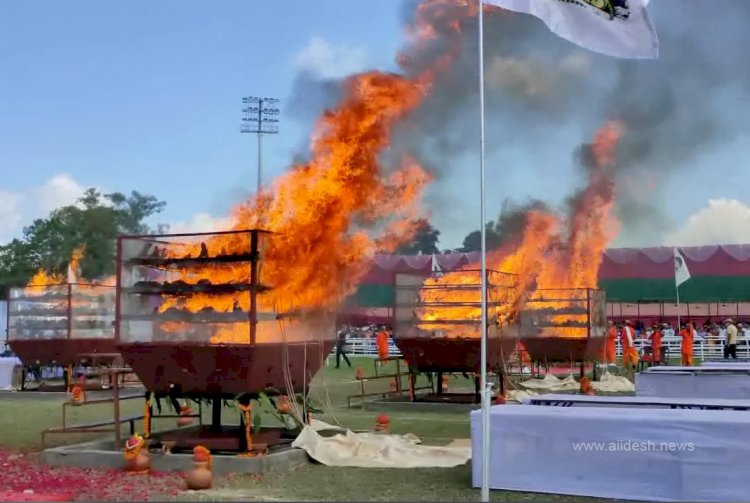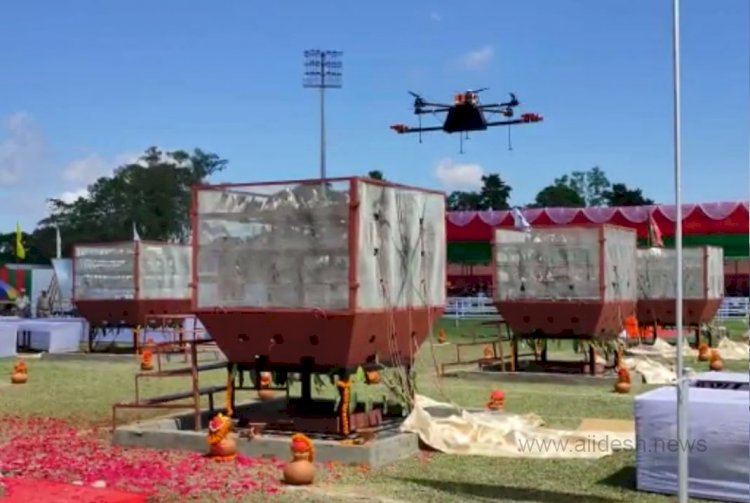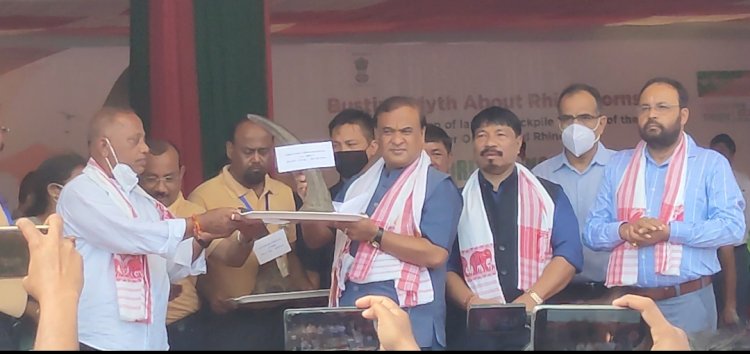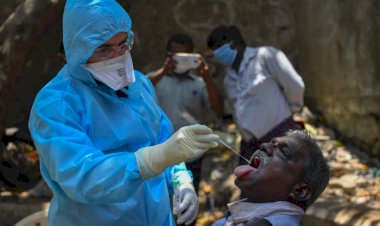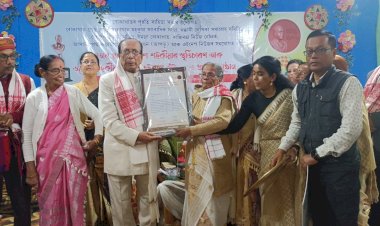2479 rhino horns burned into ashes in Assam on the occasion of World Rhino Day.
2479 rhino horns burned into ashes in Assam on the occasion of World Rhino Day.
Bokakhat: 22 September 2021
Today 2479 Rhino horns were burned into its ashes in the Public Sports ground of Bokakhat Town, the headquarter of Kaziranga National park, about 240 km east of Guwahati. The occasion planned with World Rhino Day was pointed toward dispersing fantasies that have driven the unlawful horn exchange and the poaching of the creature. This is the first of its kind in the world of such mass-burning using high-end technologies with chanting of Vedic mantras in the presence of State Chief Minister Mr. Himanta Biswa Sarma.
Today morning with the sync of World Rhino Day, 2479 rhino horns were burnt in 6 specially designed furnaces for the occasion. All the horns are collected from eight different places that stored in 12 districts' treasuries since 1979. Among the burning horns, 94 including the heaviest 3.05 kg will be preserved for exhibition and educational purposes. State Chief Minister Mr. Himanta Biswa Sarma officially lit up the furnace to burn the horn triggering remotely using drones.
"We coordinated this occasion to pass on to the world that rhino horns are only a mass of compacted hair and they have no therapeutic worth. We encourage individuals not to kill these uncommon creatures or purchase their horns dependent on notions or legends"
Assam Chief Minister Himanta Biswa Sarma said subsequent to starting the program.
The total weight of the horns obliterated was 1,305.25 kg while the heaviness of those to be preserved is 131.05 kg, authorities informed.
Prior to the obliteration, specialists had checked the horns utilizing advanced techniques at the depositories they were kept in. The decision for burning was taken after the Guwahati High Court order under the Wildlife Protection Act 1972, Section no.39. Each horn was cleaned, gauged, captured, marked with an extraordinary standardized tag, stuffed, and fixed again after extraction of DNA tests.




